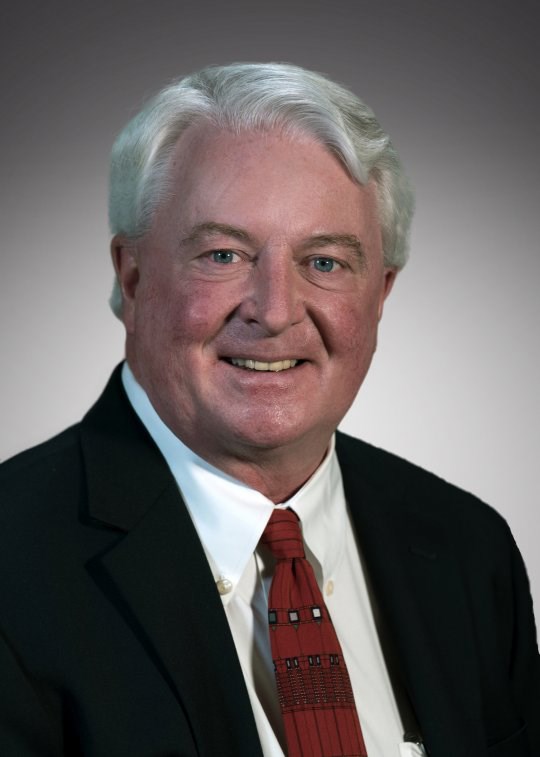Plastic Surgery Perspectives: Hand Surgery

“Plastic Surgery Perspectives” is a recurring series of posts on the PRS Resident Chronicles blog led by Stav Brown, MD, Plastic and Reconstructive Surgery Research Fellow in the Department of Surgery at Memorial Sloan Kettering Cancer Center, New York. In this installment from the series featuring leaders in hand surgery, Dr. Brown interviews The PSF past President Nicholas Vedder, MD. – Rod J. Rohrich, MD, immediate-past Editor-in-Chief, Plastic and Reconstructive Surgery
Interview by Stav Brown, MD
Research Fellow, Memorial Sloan Kettering Cancer Center
Nicholas Vedder, MD
Chief of Plastic Surgery, vice chair of the Department of Surgery and Jamie A. Hunter Professorship in Reconstructive Surgery, University of Washington, Seattle; past chairman of the Plastic Surgery Research Council.
PSR: Why did you choose plastic surgery – and hand surgery in particular?
Dr. Vedder: I was introduced to plastic surgery late in my training – not really until I was an R-4 in surgery. We had a new plastic surgery attending who was trained in microsurgery, which was relatively new at the time. I will always remember my first time under the operating microscope doing microvascular surgery. That hooked me on plastic surgery and led to my interest in hand surgery.
PSR: How has hand surgery changed since you started?
Dr. Vedder: There have been many major advances in hand surgery since I started 30 years ago. Certainly, new implants such as volar locking plates and the dorsal spanning plate revolutionized our treatment of complex, intra-articular distal radius fractures – eliminating external fixators and improving both short- and long-term outcomes. Clostridium collagenase revolutionized the treatment of Dupuytren contracture, nearly eliminating open surgery. Endoscopic and arthroscopic techniques for both nerve releases and joint surgery minimized the morbidity of treatment and improved outcomes. The novel concept of nerve transfers in lieu of or to augment tendon transfers in nerve palsies is exciting and advancing every year. The development of targeted muscle reinnervation and regenerative peripheral-nerve interfaces have great potential to improve upper-extremity robotics, and hand/arm transplantation has great potential, as well.
PSR: What are your main interests within the field of hand?
Dr. Vedder: My main interests in hand surgery involve complex trauma reconstruction.
PSR: Which clinical case has most influenced you?
Dr. Vedder: There are a number of "career-defining" cases I can recall – certainly, the five-digit replantation case that completely restored a man's hand function and life. At my institution, hand surgeons do the complex lower-extremity trauma reconstruction. I also think often of a young girl for whom we microsurgically replanted her nearly amputated right foot – and she went on to play sports and lead a normal life. She sent me a photograph of her skiing with the inscription: "Thank you, Dr. Vedder, for saving my foot and giving me a normal life." It hangs by the door to my office and I see it every day when I leave. Every day it reminds me of why I love so much being a plastic surgeon.
PSR: What most excites you about the future of hand surgery?
Dr. Vedder: Our ever-increasing ability to restore hand function after complex injuries and deformities – and in so doing, restore peoples' lives.
PSR: What are you looking for in a hand surgery fellow?
Dr. Vedder: We have a large hand fellowship that's seamlessly integrated with orthopedics, now with more than 100 alumni – with me being the first. We're always looking for smart, competent and hardworking orthopedic or plastic surgery residents who work well with others, enjoy being part of a diverse team and are interested in making lasting contributions to the field of hand surgery. Hand surgery – especially complex hand trauma surgery – is hard work but incredibly rewarding.